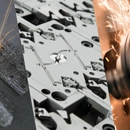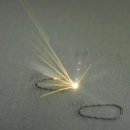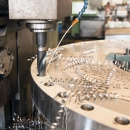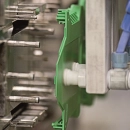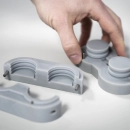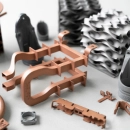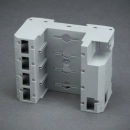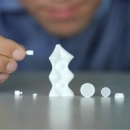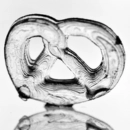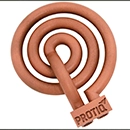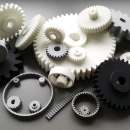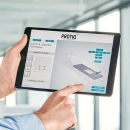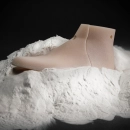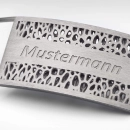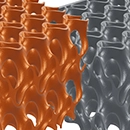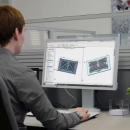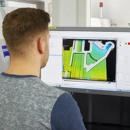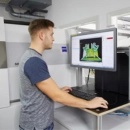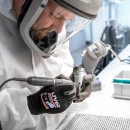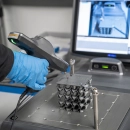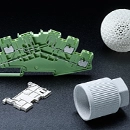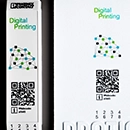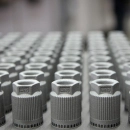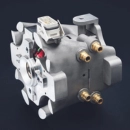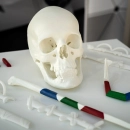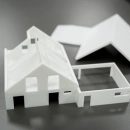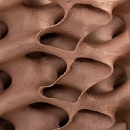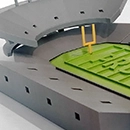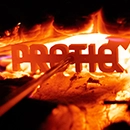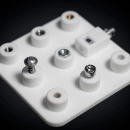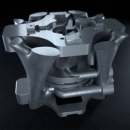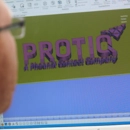Rough surface
A rough surface is often a characteristic feature of parts produced by selective laser sintering (SLS) or untreated selective laser melting (SLM). Both additive manufacturing processes rely on the layering of powder materials to form objects, and the physical properties of these processes often result in rougher surface characteristics compared to other manufacturing methods.
In the SLS process, unconsolidated powder grains adhere to the outside of the finished part after laser sintering, creating a rough texture. This rough surface can lead to functional benefits, such as better adhesion in mechanical or structural applications. However, it can be a hindrance in aesthetic or fluidic applications, often requiring post-processing to achieve a smoother surface.
With SLM that uses metal powder, similar problems can be observed due to the layered construction and residue after the laser process. Untreated SLM parts often show a texture with small imperfections and burrs caused by the manufacturing process. Devices such as grinding, electropolishing or machining are usually necessary to achieve the desired surface finish for applications where smoothness and precision are important.
In both cases, understanding the surface characteristics is essential to select the right finishing techniques and ensure the functionality and aesthetics of the end products. Careful planning of the entire manufacturing process, including post-processing, enables the fulfillment of specific requirements in different application areas.



 Deutsch
Deutsch English
English Italiano
Italiano